The anonymous survey will guide how the County allocates emergency resources, communicates warnings and supports residents during disasters.
SAN MATEO COUTNY, CA — San Mateo County officials are asking residents to take an emergency preparedness survey that helps the county best know what resources are needed and where to send them.
San Mateo County Board of Supervisors President David Canepa and Emergency Management Director Dr. Shruti Dhapodkar urged residents to complete the anonymous Community Emergency Preparedness Survey before it closes. The survey will guide the County in allocating emergency resources, communicating warnings, and supporting residents during disasters.
Initial survey data indicates alarmingly low participation in high-risk areas. Daly City has returned only 40 surveys. East Palo Alto has returned 23. Coastside towns like Pacifica and Half Moon Bay also lag.
"The communities that often face the greatest challenges in emergencies are the least represented in our data," Canepa said. "This survey is your seat at the table when decisions are made about how to protect your family and your neighborhood."
San Mateo County faces high risk from natural disasters like tsunamis, wildfires, winter storms, and earthquakes due to its geography: bordered by the Pacific Ocean and San Francisco Bay and bisected by the San Andreas Fault.
"Every response helps us understand what real families need—where they'll go during an evacuation, how they prefer to receive emergency alerts, whether they have pets or older relatives who need special consideration," Dhapodkar said.
"When communities participate, we can tailor our resources, our communications, and our outreach to actually reach them when it matters most."
The anonymous survey takes about 10 minutes, is available in English, Spanish, and Mandarin, and collects no personal information. Its questions help families assess their preparedness and provide essential data for emergency planners.
"I know some residents hesitate to engage with government surveys," said Canepa. "But this isn't about personal details or immigration status. It's about making sure that when the next earthquake or storm arrives, emergency responders know how to reach every community, communicate effectively, and support every family. Disasters don't discriminate, but their impacts often fall hardest on communities that were already vulnerable."
County leaders urged residents to take and share the survey, especially in Daly City, San Bruno, Millbrae, South San Francisco, East Palo Alto, Pacifica, Half Moon Bay and North Fair Oaks.
Take the survey here.

 650-832-9879
650-832-9879




 Service Areas
Service Areas























